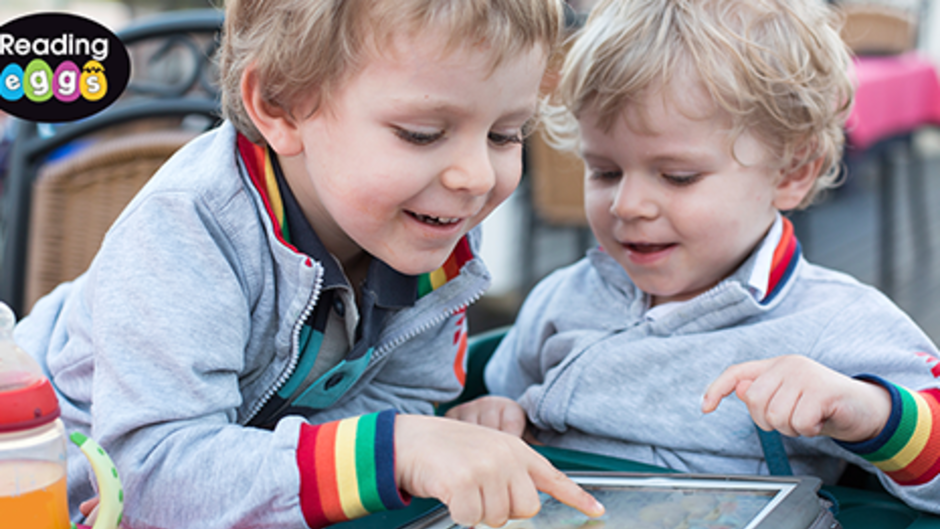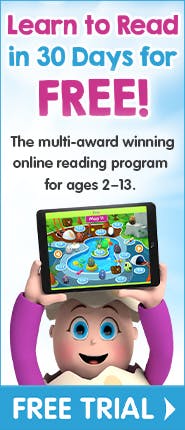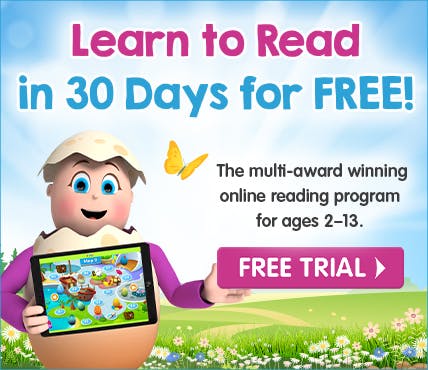


How a Reading Programme for Children Helps

A reading programme for children like Reading Eggs can help your child learn the essential literacy skills they need to become successful readers. Some of the main ways Reading Eggs can benefit your child include:
Learning while having fun
Reading Eggs was created with the idea that children learn best while having fun. The programme uses many motivational elements to ensure children stay motivated to learn and progress through all the lessons, including:
Engaging learning environment – lessons feature colourful visuals and animations, music, sound effects and highly interactive activities.
Rewards – children earn golden acorns, are awarded with certificates and hatch critters they can collect when they complete lessons.
Learning at a suitable pace
Children complete lessons in Reading Eggs at their own pace. If a child needs to revise what they have learnt in a particular lesson, they are able to repeat the lesson as many times as they wish. The programme also provides a placement test to determine a child’s current reading level, and therefore children can match lessons to their level of ability. Parents can also track their child’s progress with a simple dashboard that details how many lessons they have completed and which reading targets they have achieved.
Highly structured lessons
Each Reading Eggs lesson follows a consistent format. Lessons are made up of 7 parts:
Part 1 and 2 – The first two parts of a Reading Eggs lesson consist of interactive animations led by a host/teacher, that is, one of the main characters of the Reading Eggs world – Sam the Ant or another character. The host will model a new concept and then ask the child to compete an activity. The child needs to answer correctly seven times to progress to the next part of the lesson.
Part 3 – children complete a dot-to-dot of the focus letter. This activity enhances their letter recognition and helps them commit the letter shape to memory.
Part 4 – children complete a Letter Grid activity, where they are asked to identify a particular letter, in both lower and upper case form. In later lessons, this activity is replaced by sight word, phonics and spelling activities.
Part 5 – consists of a vocabulary activity where children are asked to match words to pictures.
Part 6 – children read an ebook with the assistance of a vocal model. These ebooks help reinforce the skills children have learnt in the lesson.
Part 7 – for completing the lesson successfully, children are rewarded by hatching a new Reading Eggs critter to add to their collection.


